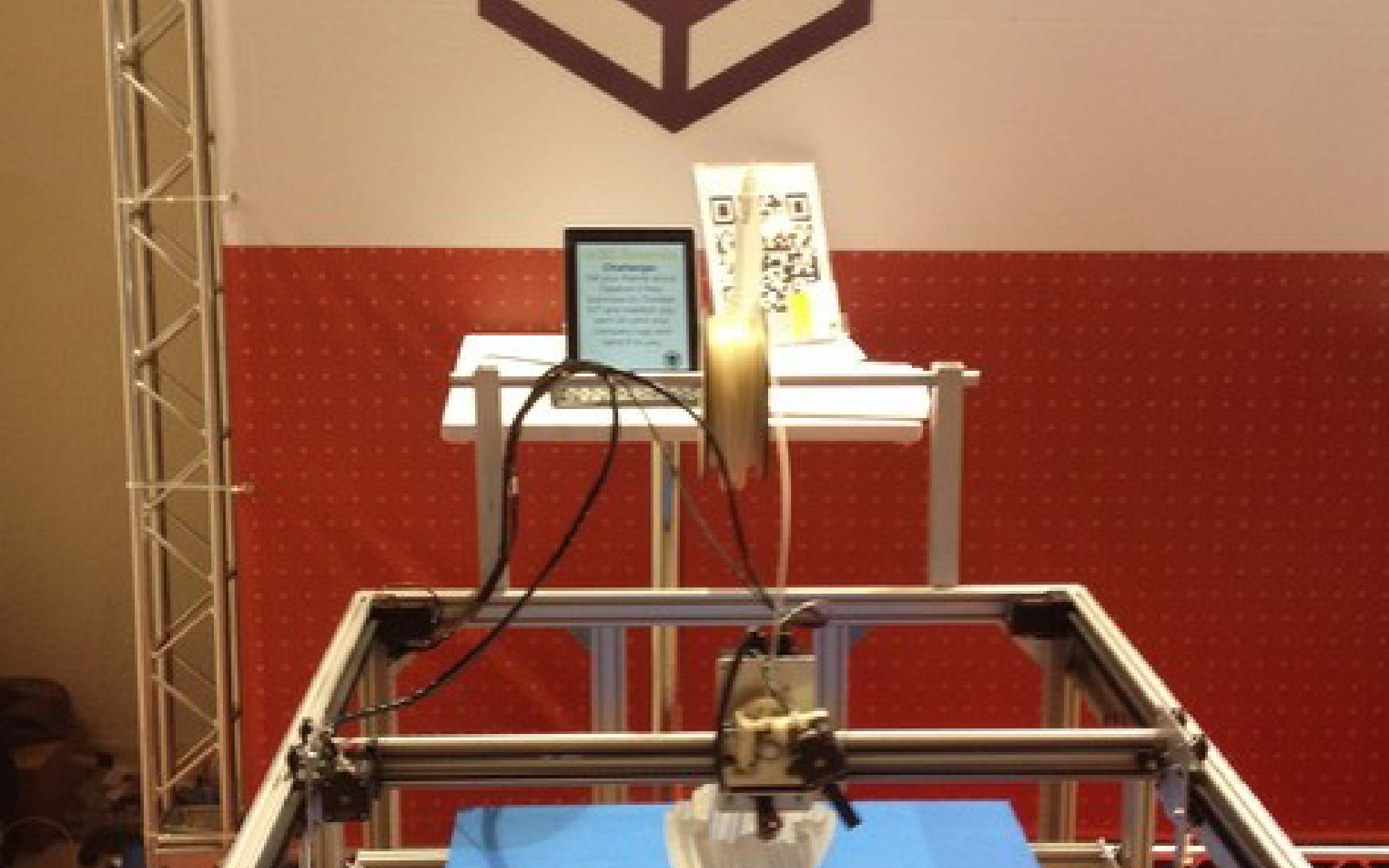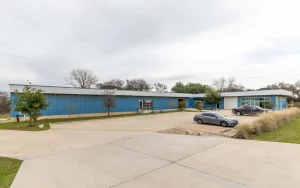* Original Post from August 2013 *
As expected, it was an action-packed first day at The Next Web conference in São Paulo, Brazil. After accidentally eating until the point of pain the night before at traditional Brazilian Churrasco restaurant (I clearly did not understand the process at this kind of establishment), it was an early start this morning to get set up. Matthew zipped through Gigabot assembly, with only minimal visible envy of the surrounding software companies whose setup procedure was opening their laptops.
The first talk of the day was Luis von Ahn, who humorously explained his past accomplishments: “How many have you have ever filled out [a captcha form]? How many of you found it extremely annoying? Yeah, I invented that.” The human being-verification inventor went on to describe his latest venture, a language-learning startup called duolingo (www.duolingo.com). The idea behind it is that users learn a new language while simultaneously translating the web. The service is free – duolingo makes their money by selling the translations that their users create for them. The same thinking went into both captchas and duolingo: recycle the energy that people are already expending on the web. This mentality can be traced back to von Ahn’s childhood idea of creating a gym where the people exercising on machines create electricity which is then sold back to electric companies. Take an action that people are already doing, and figure out how to make use of it.
On top of this, duolingo is simultaneously essentially doing one giant A/B test of language-learning. von Ahn asks, “Do we teach students adjectives first, or plurals first?” Now they have a definitive answer to that question, after splitting up users between the two different options and tracking their progress. And with research showing that after using the service for 34 hours, users have the same amount of knowledge as the equivalent of a semester of a university course, it seems they have the right idea.
Other takeaways from the day:
Many Brazilians expressed interest in 3D printing, and they see the value in having such a tool for prototyping. However, they warn of potential problems getting Gigabot through Brazilian customs. Not only are the taxes high, they say some imports just never make it through. More investigation is needed into this, but it seems like the best option for interested Brazilians might be to come to the states and bring Gigabot back with them.
Some Brazilians suggested we manufacture the machines down here, thus circumventing the complicated customs process. But the Brazilian market is notoriously difficult to break into, so the conundrum is how to test the popularity of Gigabot in the country if we can’t sell it here. The Brazilians we talked to stressed the importance of targeting the massive Brazilian market, so it’s something we need to explore as a company.
I can apparently pass for Brazilian. In Chile, my blonde hair and face in general was a dead giveaway that I was an outsider, but I cannot tell you how many times I was asked today where in Brazil I was from. The game is over when I can’t reply to them in Portuguese.
We’re looking forward to what Day 2 brings. We’ve got some exciting prints planned!
Boa noite,
Morgan Hamel
Blog Post Author




